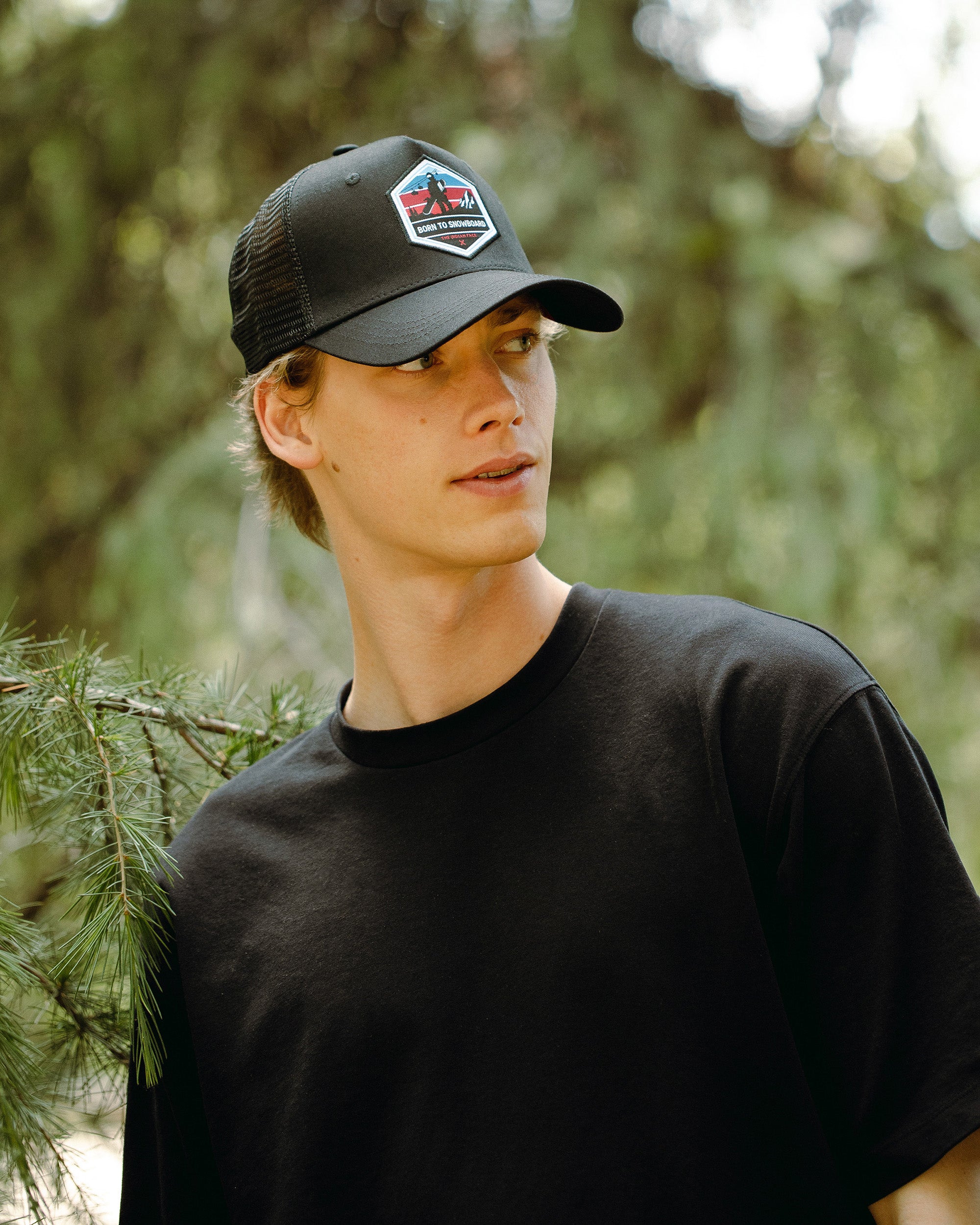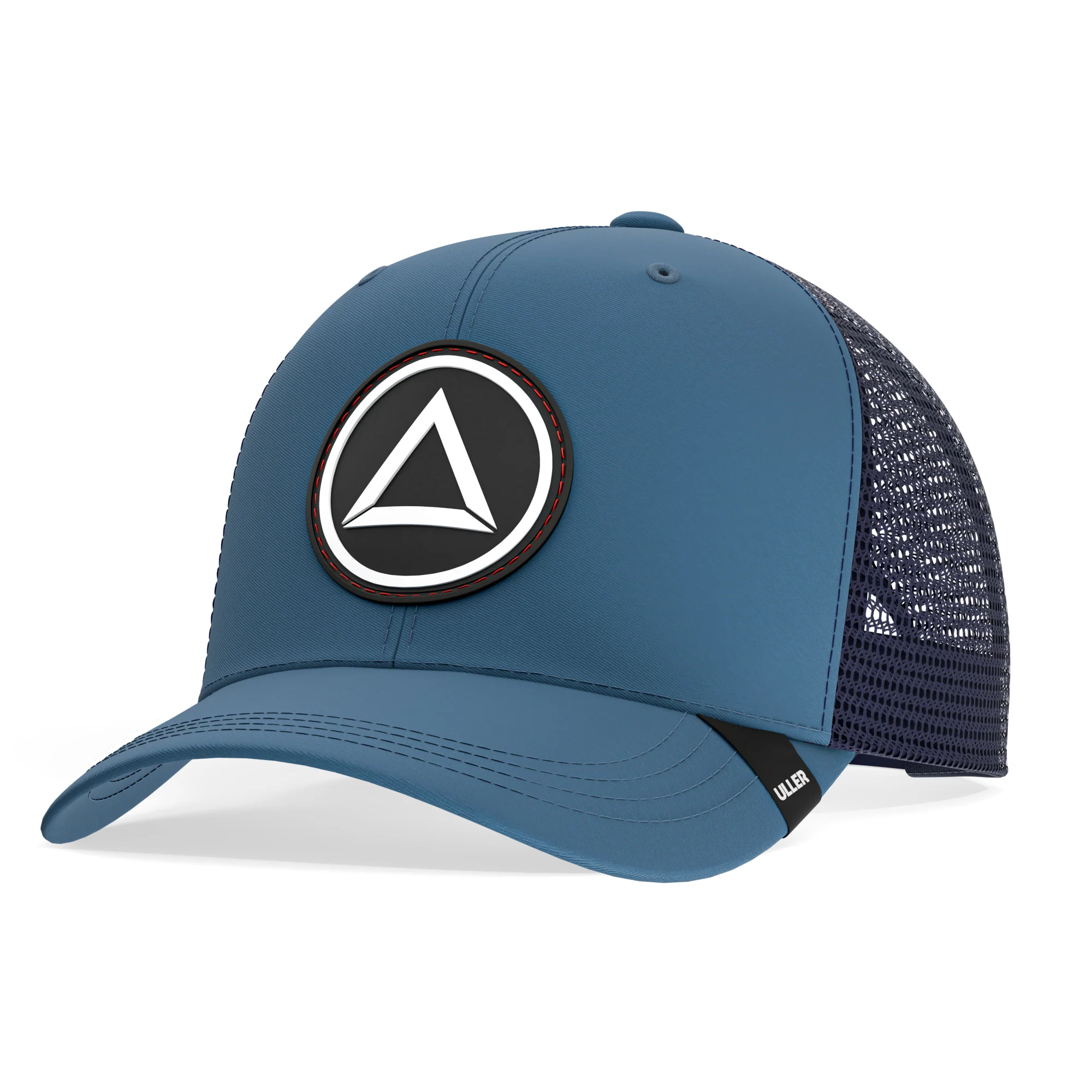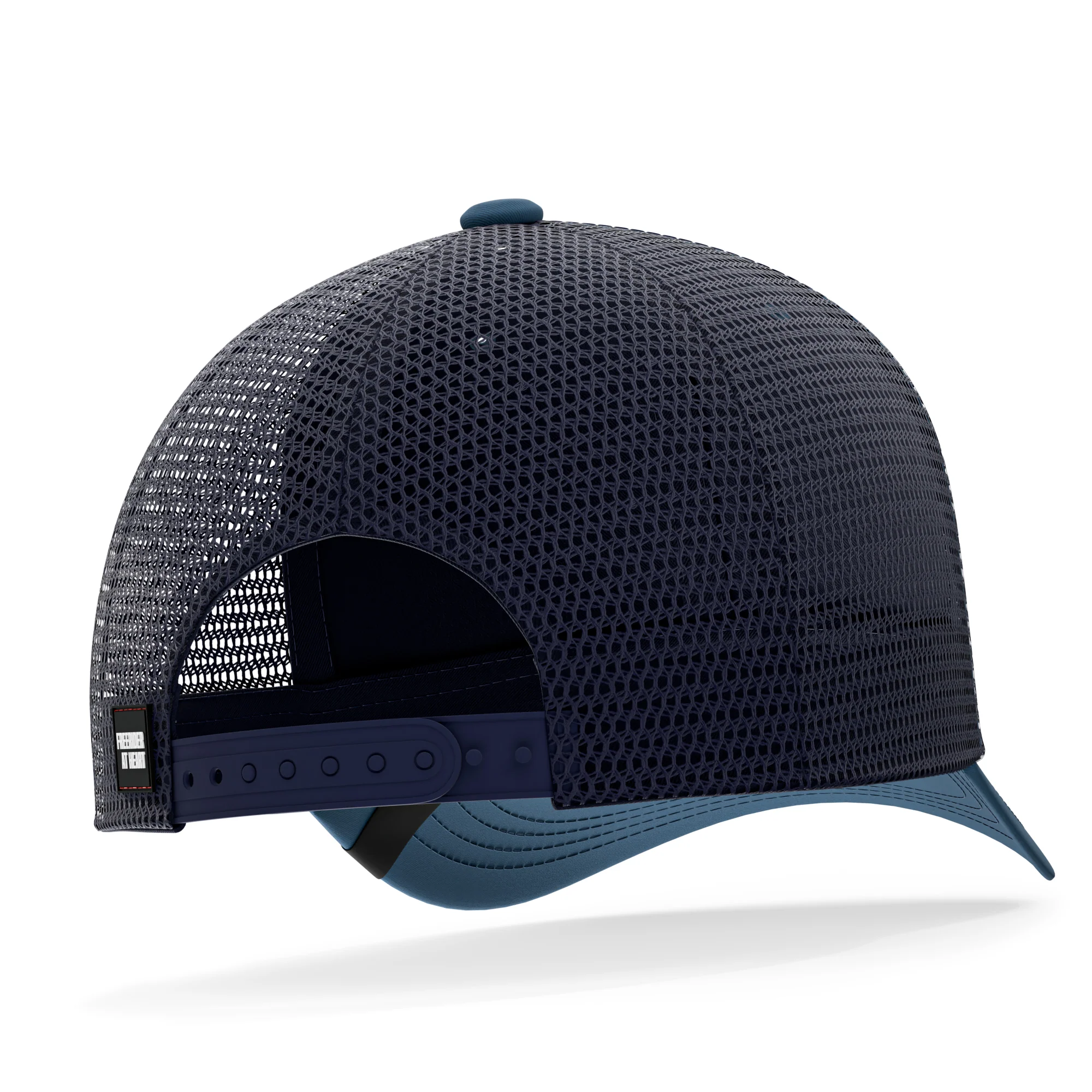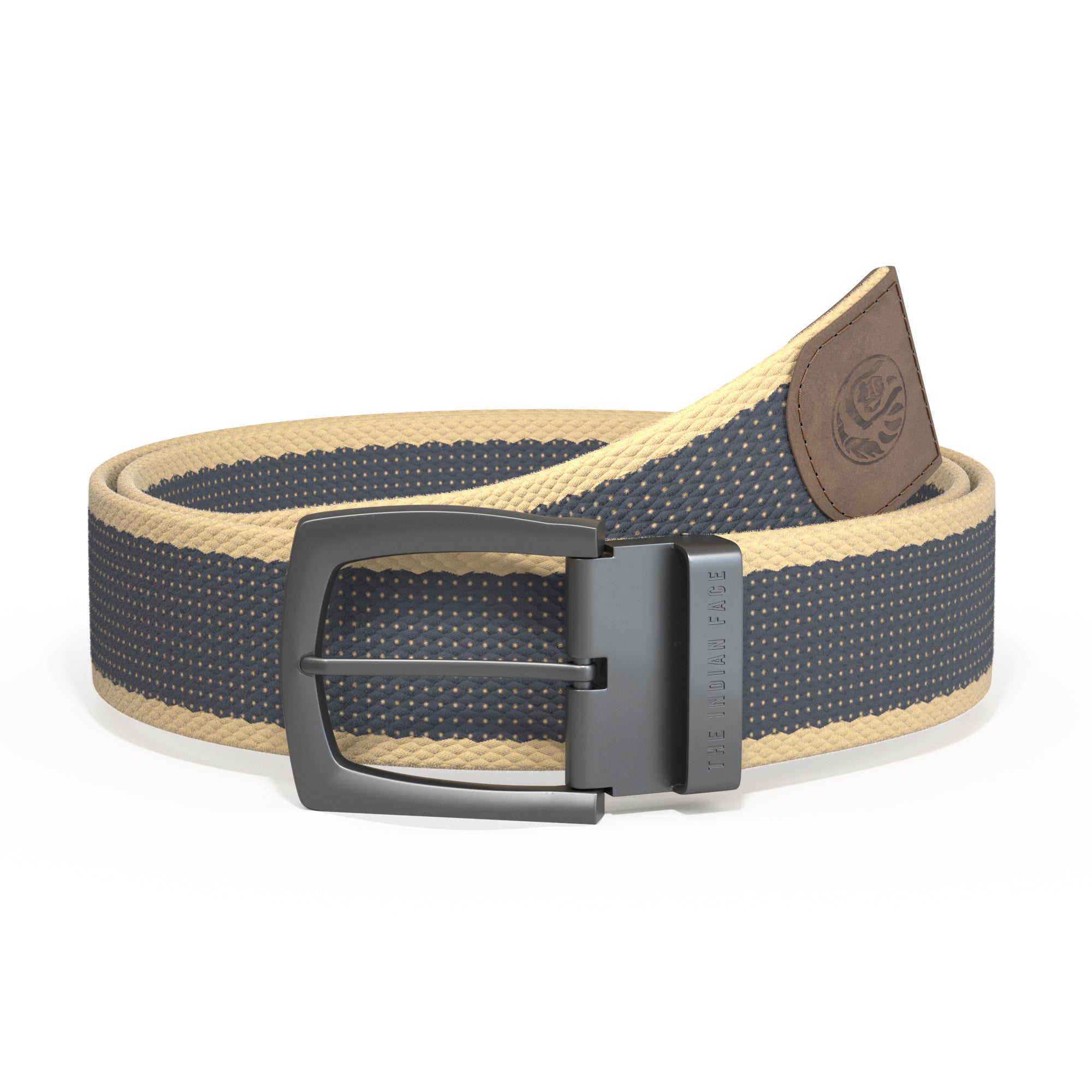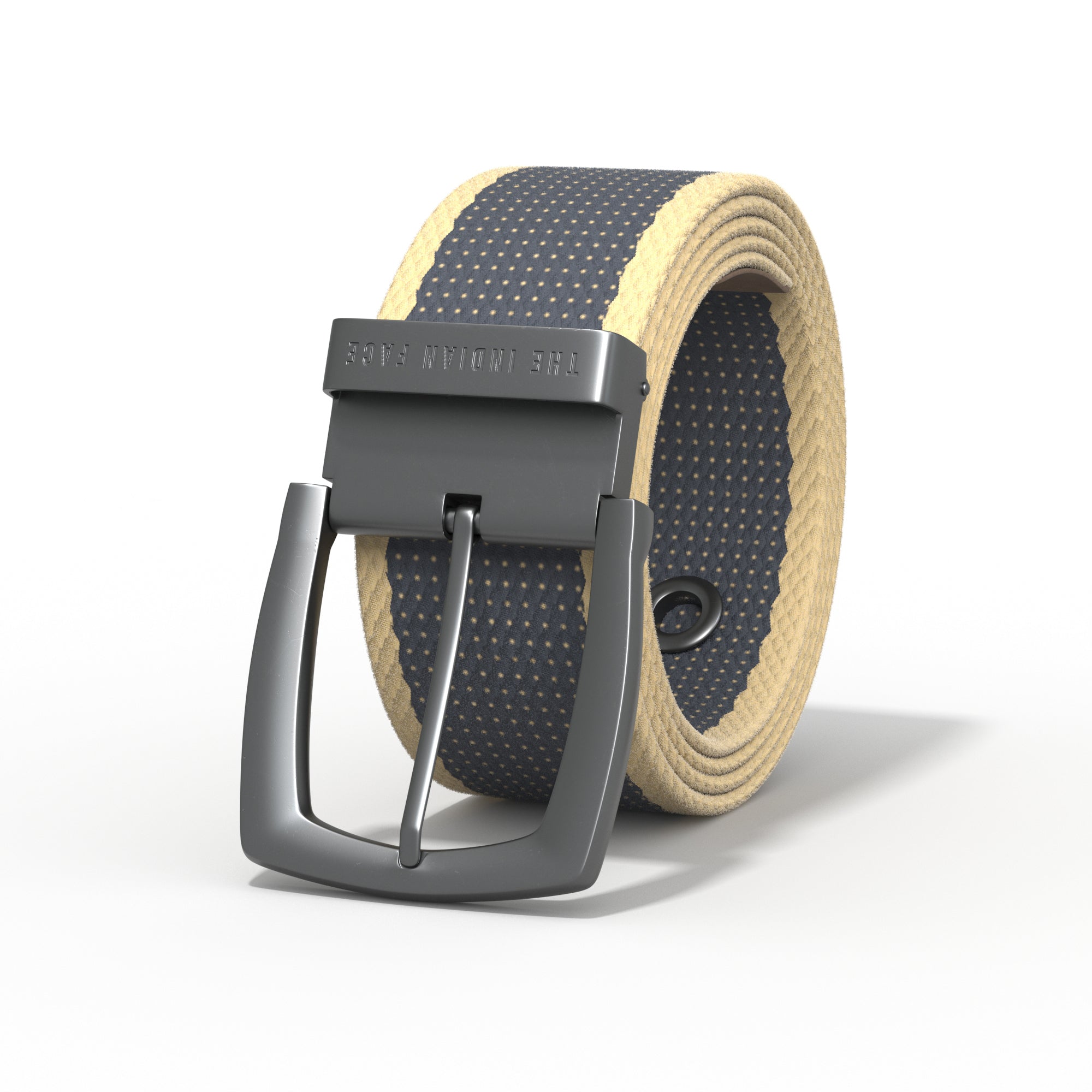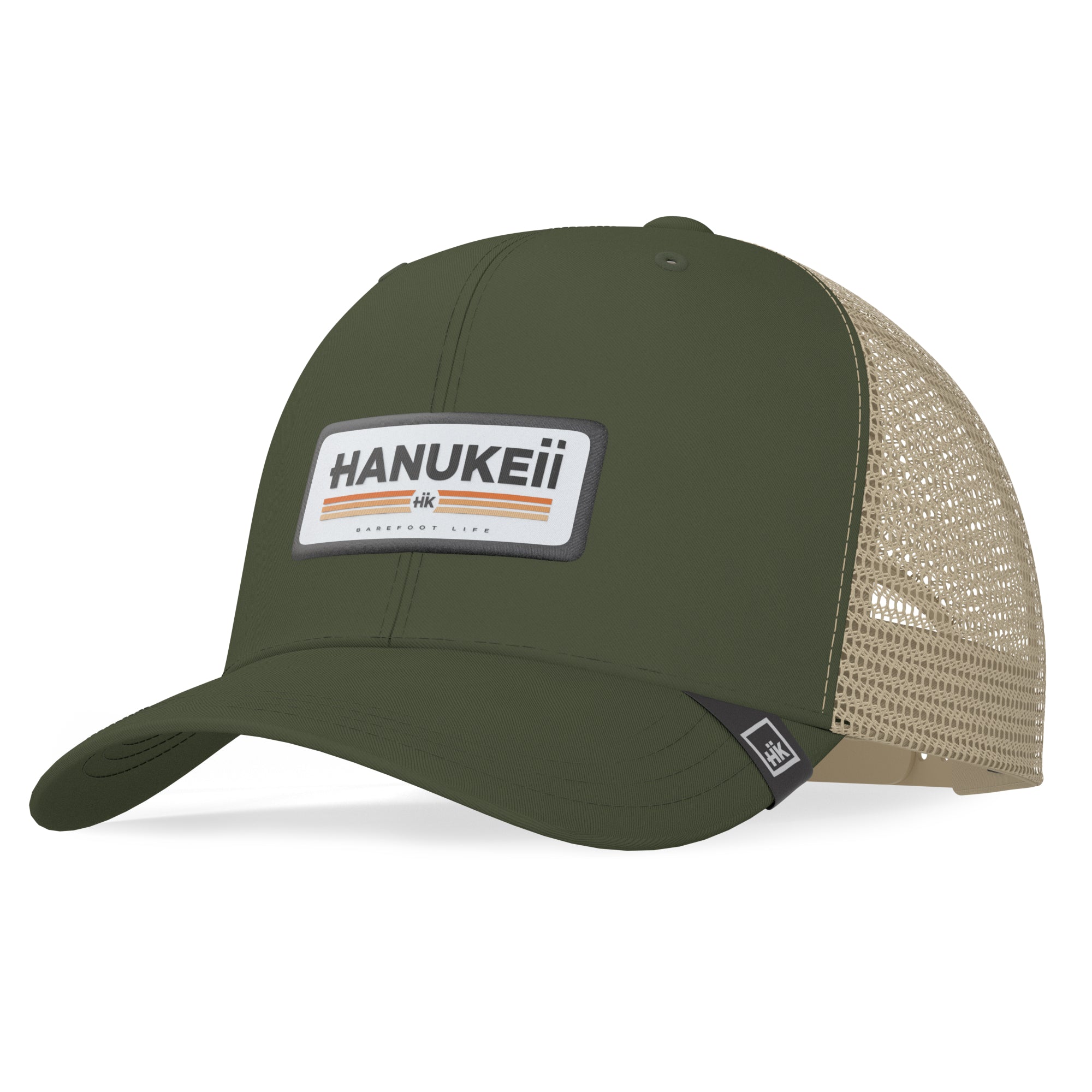On other occasions we have shared with you the best spots for surfing, we have revealed the secret of the Nazaré wave, the best tips for surfing in Peniche, the keys to choosing your wetsuit… But, and what about the main thing? To surf you need three things: first, passion; the second, a neoprene; and the last thing, of course, a surfboard. Thinking of buying your first surfboard? Then this will interest you. Before you start looking for boards, you will have to know the fundamentals of surfboards, their parts, the function that each one fulfills... Today we want to explain the anatomy of a surfboard, are you ready?
The surfboard will be your best friend, your faithful companion, so you have to take care of it and love it as such. Like every friend, it will give you unique moments. Although hey, let's not deviate, you will discover that yourself in the sea! First and most important, do you know the different parts of a surfboard? We will explain one by one from the highest part of the table to the tail. Here they go:
1. NOSE
The nose or tip is the upper front part of the table. The shape of the nose will totally influence the behavior of the board and the maneuverability in the water. So that you understand it in a simple way: the more rounded it is, the more stable the board will be and the easier the paddling; the more pointed, the more unstable, but also easier to duck and maneuver. These are the 3 types of nose that exist:
- ROUND NOSE (ROUND NOSE)
The fact that the tip is rounded means more surface area and, therefore, more stability. It is the characteristic tip of all longboards, so that surfers can walk to the tip.

- HYBRID NOSE (ROUNDED POINT NOSE)
This type of nose is halfway between rounded and pointed. Something similar to the previous one happens with this type, to catch waves and maintain balance we give it a 10, but to maneuver it is not the most comfortable.

- POINTED NOSE (POINTED NOSE)
It is the most common type of tip among surfboards. Since the volume in the upper part is quite less, it is hyper comfortable to play with it. In addition, these boards allow you to surf with greater speed and make more turns on the wave.

Conclusion: If you're just starting out and don't have much paddling power yet, you'd better go for a board with a rounded or hybrid nose. If, on the contrary, you are looking for speed and maneuvering when riding the waves, opt for a narrower tip, a pointed nose.
2. ROCKER
The curvature that goes from the nose to the tail of the board is known as rocker. This is usually more pronounced in the nose than in the tail. The key to the rocker is the following: the more curvature the board has, the better it will turn, but it will also be slower since the curve itself acts as resistance. Boards with a very pronounced rocker work great in powerful and complicated waves, since their curve is ideal for overcoming wave bumps. However, for flat waves and with less force, the best will be a board with little rocker.
We are going to explain the difference between the nose rocker and the tail nose:
- NOSE ROCKER
This is the curvature of the board from the center to the tip. The more curved it is, the more difficult it will be for us to nail the tip when going down a wave with a lot of slope. If it is excessively flat, we will have to throw all the weight back so that it does not sink.
- TAIL ROCKER
This is, therefore, the curvature from the center to the end of the table (tail). When a tail has a lot of rocker, the board is more maneuverable. For this point you have to take into account the type of waves you want to surf and your preferences in the sea.

3. RAILS
The rails are the edges of the board, the part that is in contact with the water. Its shape can vary from more rounded to more sharp. The more rounded the edges are, the less they cling to the wave wall, but at the same time they offer more maneuverability. The sharp edges, for their part, hold onto the wave well, which makes them the rails of the boards for big waves or waves with a lot of slope.

4. TAIL
Of course, the tail is the bottom of the table. The tail of the board is much more important than we may think and has a great influence on surfing. We summarize the most popular tail shapes:
- SQUARE TAIL/SQUARE
Although it is the first, it is not the most common. It works very well in small waves and offers a lot of maneuverability. A but? It is not very stable.
- SQUASH TAIL
The most common design among surfboards, since it is the most versatile and grateful. In addition to offering stability, it works great in any type of wave.
- Swallowtail/Fish
This type of tail is our favorite when we want to surf small waves, since it allows us to pick up speed and grips the wall very well, without reducing maneuverability. In recent years they have become very fashionable, since twin fin boards are a top option for the type of waves that occur in summer in the north.
- ROUND TAIL
It is the best tail style for medium to large waves. It grips well while allowing wide curves and turns.
- DIAMOND TAIL
“Diamond tail” is synonymous with flow and speed. Nothing more to say.
- PINTAIL
Designed exclusively for XL waves, it is the one that is on all the guns boards. Thanks to its design, it clings to the wall like no other, although it loses some maneuverability.

Conclusion? To choose a type of tail, you will first have to know what type of waves you are going to surf. Generally, the wider the tail, the smaller the wave size; and the narrower, the bigger waves.
5. STRINGER OR SOUL
Without a doubt the most forgotten part is always the soul. It is logical, since many times it is not visible and its function is not known. The reality is that the stringer or soul of is the backbone of the board, which runs from the nose to the tail. It is the nerve of the board and is usually made of wood or carbon fiber.

At
Now that you know in detail the different parts of a surfboard, are you going to buy one? Once you start in this world there will be no one to take you out. We warn you: surfing is addictive.
QUESTIONS AND ANSWERS
- WHAT PARTS DOES A SURFBOARD HAVE?
The surfboard has 5 parts: the nose or tip, the tail or tail, the rocker (curvature), the rails or edges and, finally, the stringer or soul.
- HOW TO CHOOSE A SURFBOARD?
Before buying a surfboard, you have to ask yourself several questions: what is my level of surfing? What kind of waves do I want to surf?
- WHAT IS THE NOSE?
The nose is the tip of the board, the top front part.
- WHAT FORMS ARE THERE OF TAIL?
The tail can offer different shapes, these are the most common: rounded, square, squash, swallow, diamond or beak.
- WHAT IS THE SOUL OF A SURFBOARD?
The soul is the backbone of a board, its inner nerve. It runs through the board from end to end and is usually made of wood or carbon fiber.
- WHAT ARE THE TYPES OF NOSE?
Surfboards can have 3 types of nose: rounded nose, hybrid nose (halfway between rounded and pointed) and pointed nose.
- WHAT ARE THE DIFFERENCES FROM ONE NOSE TO ANOTHER?
In general terms, the more rounded and wide the nose is, the more stability it offers; while the more pointed, the more speed and maneuverability.



























